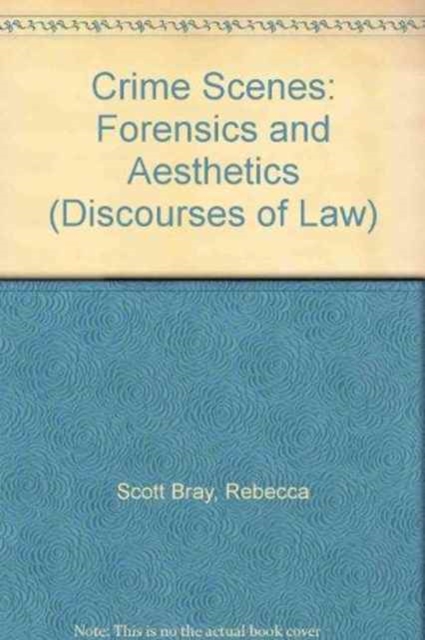CITESTE MAI MULT
Detalii
Descriere RO
Focusing upon the representations that take place in law, forensic medicine, criminology and culture, Crime Scenes examines the ways in which knowledge about crime, death and the dead body is produced.
Forensic and medico-legal practices are charged with handling the dead (who cannot speak for themselves) and do so primarily by making injurious events visible so that the law might pass judgment. The image is thus a key site for interpreting and reconstructing the past in legal discourse. Arguing that the images (photographic images, autopsy pictures, legal testimonies) and the narratives generated through their production are the prisms through which crime and death are seen and comprehended within law, Crime Scenes explores the tension exhibited by images, as both evidential and imaginative products. Key forensic and legal spaces such as the crime scene, the mortuary and the courtroom as well as key methods of representing crime and death police photography, mortuary photography and the autopsy, and legal testimony are considered in relation to the non-legal use of historical forensic photographs, the broader cultural fascination with such images, and the canon of mortuary art quarried from medico-legal domains. The formal forensic image, it is argued, is a site of conjecture. And its various aspects are elucidated here through an examination of the creation and the exhibition of forensic images, and the trouble that emerges when discursive boundaries such as those between law and art begin to haemorrhage.
EdituraTaylor & Francis Ltd
Dimensiuni234 x 156
Data Publicarii01/01/2020
Format
Necartonata
Numar pagini240
Aceasta este o carte in limba engleza. Descrierea cartii (tradusa din engleza cu Google Translate) este in limba romana din motive legale.
Concentrandu-se pe reprezentarile care au loc in drept, medicina legala, criminalistica si cultura, Crime Scenes examineaza modurile in care sunt produse cunostintele despre crima, moarte si corpul mort. nu pot vorbi de la sine) si fac acest lucru in primul rand facand vizibile evenimente daunatoare, astfel incat legea sa poata judeca.

